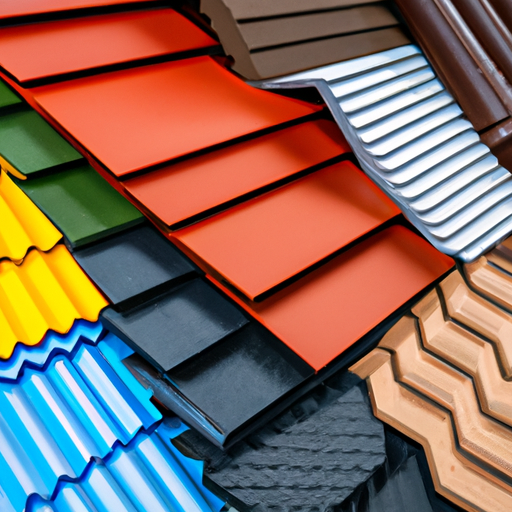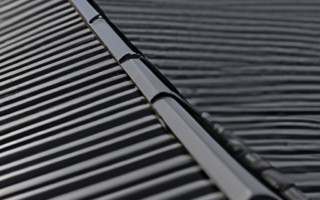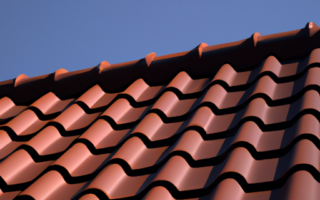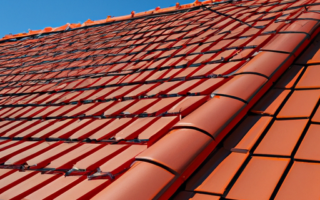Exploring the Pros and Cons of Various Roofing Materials
When it comes to choosing the right roofing material for your home, there are a variety of options to consider. Each type of material has its own advantages and disadvantages, and it’s important to weigh these factors before making a decision. In this comprehensive guide, we will explore the pros and cons of various roofing materials to help you make an informed choice.
Asphalt Shingles
Asphalt shingles are one of the most popular roofing materials due to their affordability and ease of installation. They provide good protection against the elements and come in a wide range of colors and styles. However, they have a relatively short lifespan compared to other materials and may require more frequent replacement.
Metal Roofing
Metal roofing is known for its durability and longevity. It can withstand extreme weather conditions and is resistant to fire, rot, and insect damage. Additionally, metal roofs are highly energy-efficient and can help reduce cooling costs. On the downside, metal roofs are more expensive upfront and can be noisy during rain or hailstorms.
Slate Roofing
Slate roofing offers a timeless and elegant appearance. It is incredibly durable, with a lifespan of up to 100 years, and is resistant to fire, rot, and insect damage. However, slate roofing is one of the most expensive options and requires specialized installation due to its weight and fragility.
Wood Shingles
Wood shingles provide a natural and rustic look to a home. They are a sustainable choice and can be made from various types of wood. Wood shingles also offer good insulation properties. However, they are prone to rot, mold, and insect infestation. Regular maintenance is required to prolong their lifespan.
Clay Tiles
Clay tiles are popular in Mediterranean-style homes due to their distinctive appearance. They are highly durable and can last for 50 years or more. Clay tiles are resistant to fire and insect damage, and they provide good insulation. The main drawback is their weight, which may require additional structural support.
Concrete Tiles
Concrete tiles are a cost-effective alternative to clay tiles. They are durable, fire-resistant, and low-maintenance. Concrete tiles come in a variety of colors and styles, including those resembling clay or slate. However, they are also heavy and may require additional structural support.
Rubber Roofing
Rubber roofing, often made from recycled materials, is an environmentally friendly choice. It is lightweight, durable, and resistant to extreme weather conditions. Rubber roofs are low-maintenance and can last up to 50 years. However, they can be more expensive than other materials and may not suit all architectural styles.
Ultimately, the best roofing material for your home will depend on your budget, climate, architectural style, and personal preferences. By considering the pros and cons of each type of material, you can make an informed decision that will protect your home and meet your needs for years to come.
Choosing the Right Roofing Material for Your Home
When it comes to choosing the right roofing material for your home, it’s important to consider various factors such as durability, cost, aesthetics, and climate compatibility. With so many options available, it can be overwhelming to make a decision. That’s why we’ve put together this comprehensive guide to different types of roofing materials to help you make an informed choice.
1. Asphalt Shingles: This is the most popular roofing material due to its affordable cost and versatility. Asphalt shingles come in a wide range of colors and styles, making it easy to find a design that matches your home’s aesthetic. They are relatively durable and provide good protection against various weather conditions.
2. Metal Roofing: Metal roofs are highly durable and can last up to 50 years or more. They are resistant to fire, mildew, insects, and rot. Metal roofs are available in a variety of styles, including shingles, tiles, and panels. While they may be a bit more expensive upfront, the long-term savings and lifespan make them a cost-effective option.
3. Wood Shingles or Shake: For a natural and timeless look, wood shingles or shake are a great choice. They are eco-friendly, renewable, and provide excellent insulation. However, they require regular maintenance to prevent rot, mold, and insect infestation.
4. Slate: If you’re looking for a luxurious and durable roofing material, slate is a great option. It has an elegant appearance and can last over a century. Slate is resistant to fire, rot, and insects, making it an excellent choice for homeowners who prioritize longevity.
5. Clay or Concrete Tiles: Clay or concrete tiles are known for their durability and beautiful aesthetic. They are available in various styles, including Spanish, Mediterranean, and Mission. Clay tiles are energy-efficient and can withstand extreme weather conditions. However, they are heavier compared to other roofing materials, so proper structural support is necessary.
6. Synthetic Roofing Materials: Synthetic roofing materials such as rubber, plastic, or polymer composites offer versatility and durability. They can mimic the appearance of other roofing materials like slate or wood but at a lower cost. Synthetic materials are lightweight, easy to install, and require minimal maintenance.
7. Green Roofing: Green roofing involves the installation of vegetation or plants on the roof surface. This eco-friendly option provides insulation, reduces energy consumption, and promotes biodiversity. However, green roofs require special structural considerations, waterproofing, and ongoing maintenance.
Overall, choosing the right roofing material for your home depends on your specific needs and preferences. It’s essential to consider factors such as longevity, cost, aesthetics, and environmental impact before making a decision. Consulting with a professional roofing contractor can also help you navigate through the options and find the perfect roofing material for your home.



